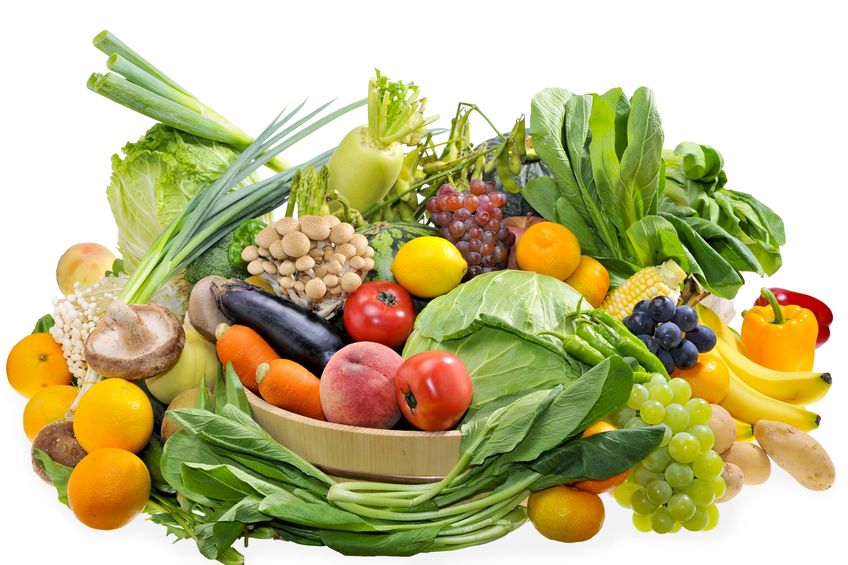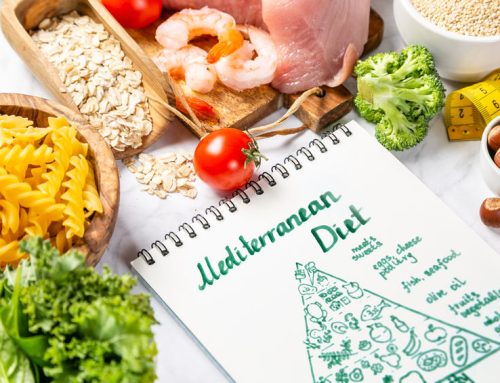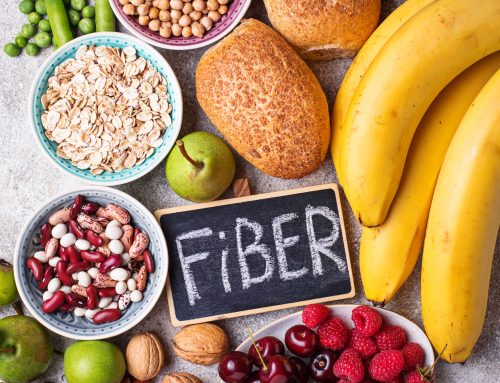Coronavirus cooking is a new thing that, by necessity, we’re all getting acquainted with today. The coronavirus pandemic has changed a lot about modern American life: how we work, socialize, and even how we eat. Dining out is a distant memory.
But nutritionally, people weren’t exactly thriving in pre-pandemic America. “Before COVID-19 came along, it was increasingly clear that the diet quality and nutritional status of Americans was terrible,” says Dr. Walter Willett, professor of epidemiology and nutrition at Harvard T.H. Chan School of Public Health. More than 40% of U.S. adults are obese. After years of declines, heart disease death rates are on the rise again. So are rates of obesity-linked cancers among younger people. Poor diets are the number-one cause of poor health in the U.S., according to a 2018 study published in JAMA.
Coronavirus Cooking May Be Healthy
Coronavirus cooking might be healthy cooking, or it might not be so healthy. The question is: Now that Americans are eating most meals at home, might our diets actually improve?
Researchers are just beginning to study how people are feeding themselves during the pandemic, and while there is no robust data yet, the shifts are obvious.
Dr. Dariush Mozaffarian, a cardiologist and dean of the Tufts Friedman School of Nutrition Science, “People are eating almost every meal at home, which is a huge change. By necessity, Americans are cooking more; web traffic to cooking and recipe websites is surging.
In an April survey of about 1,000 American adults, by the food and beverage communications firm HUNTER, about half said they were cooking and baking more now than before the pandemic, and 38% were ordering less takeout and delivery.
It’s possible that a shift toward home cooking, if it persists, could eventually lead to reductions in chronic diet-related illnesses, like cardiovascular disease, diabetes, hypertension and obesity.
Eating a healthy diet is linked to a longer life, and “one of the biggest predictors of eating a healthy diet is eating at home,” Mozaffarian says.
His new research published in April in the Journal of Nutrition found that Americans get about 21% of their calories from restaurants—and most of that food is of poor nutritional quality. “Restaurant foods tend to be fairly unhealthy,” he says; there’s a lot of variation depending on the restaurant and what you order, but typical menu offerings at large chains, for example, are high in sodium, calories, saturated fat and sugar. Cooking puts you in control of the ingredients that end up in your meal.
But he and other experts emphasize that on a population level, any long-term improvements caused by increased cooking are likely to be small compared to the bad health effects of this crisis. Besides the devastating toll of the coronavirus itself, stay-at-home orders limit physical activity, social isolation likely increases loneliness (which is linked to heart attacks and stroke) and job loss destroys people’s access to health care.
Coronavirus Cooking May Be Unhealthy
Unhealthy foods are also still in wide circulation. Flour, sugar, canned soups and alcohol—not exactly staples of a wholesome diet—have all surged in U.S. sales during the pandemic. Health officials are urging Americans to go grocery shopping as infrequently as possible, boosting the appeal of highly processed foods, which last longer than fresh but are loaded with sugar, fat and salt and linked to a higher risk of cancer . The stress of the pandemic may also make people want to bake batches of cookies and load up on processed snacks, since foods like these can comfort people in scary times.
Just because a meal is cooked at home does not mean it’s healthy—and not everyone has the same opportunity to prepare meals with healthy ingredients, says Julia Wolfson, an assistant professor of health management and policy at the University of Michigan School of Public Health.
Wolfson is conducting a national survey of low-income adults to find out how the coronavirus pandemic is affecting their eating behaviors and food choices. “It matters if you have access to fresh vegetables and fruit, or if you have the income to buy perishable foods that are less processed and less energy-dense than a lot of the more shelf-stable, highly processed foods.”
Her past research has found that the relationship between cooking more frequently and having a better diet only holds true for higher income households.
Click here to read full article about coronavirus cooking.







